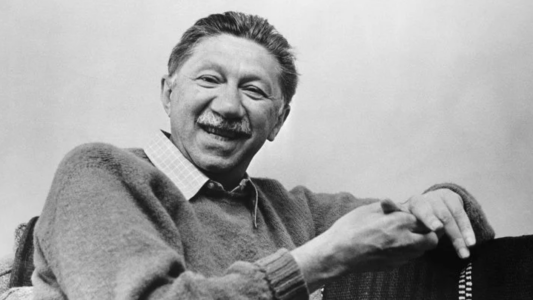Electroconvulsive therapy is more effective than ketamine at treating severe depression, according to a new meta-analysis — emphasizing the need to reshape the public’s negative perception of the treatment.
The treatments: Approximately 280 million people worldwide have depression, and while medication or therapy can help many of them, about 30% of patients have treatment-resistant depression, meaning they’ve tried multiple meds without relief.
Negative media portrayals of electroconvulsive therapy have stigmatized it and contributed to its underutilization.
In those cases, their doctors might propose trying a less standard therapy, such as the FDA-approved nasal spray esketamine or ketamine itself. The drug is effective at treating depression for some patients, and it has recently taken off in popularity, thanks to ketamine infusion clinics and at-home ketamine options.
Electroconvulsive therapy — a procedure in which a small electrical current is passed through a patient’s brain while they’re under general anesthesia — is another option, but negative portrayals of the therapy in books, TV, and movies have stigmatized it and contributed to its underutilization.
Head to head: For a new paper, published in JAMA Psychiatry, an international team of researchers analyzed data from six studies comparing the effectiveness of ketamine and electroconvulsive therapy at relieving the symptoms of severe depression.
Based on those trials, which involved a total of 340 patients in four nations (Sweden, Germany, Iran, and India), electroconvulsive therapy is the more effective option.
“[Electroconvulsive therapy] is consistently more successful than ketamine,” said co–first author T. Greg Rhee, a psychiatric epidemiologist at the University of Connecticut. “We found no differences by age, sex, or geographic location.”
Electroconvulsive therapy is a painless, safe treatment option for severe depression.
Rebrand needed: While electroconvulsive therapy was more effective, ketamine worked faster, so it still might be preferable in some cases. The adverse effects of the two treatments were also different, so that might inform which is better for a particular patient.
Two additional studies comparing the alternative depression treatments are ongoing, and Rhee’s team hopes to update its paper once data on those trials is available.
In the interim, he emphasized the need to inform the public that electroconvulsive therapy is a painless, safe treatment option for severe depression — and not the terrifying punishment depicted in movies like “One Flew Over the Cuckoo’s Nest.”
We’d love to hear from you! If you have a comment about this article or if you have a tip for a future Freethink story, please email us at [email protected].





